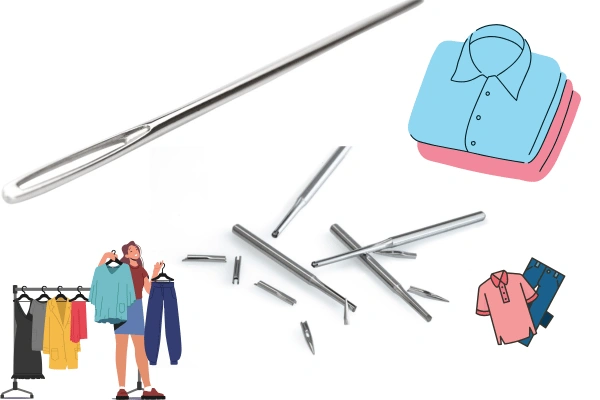Procedure to Follow up Rejected Finished Goods in Apparel Industry
We refer to non-conformance goods that do not meet customer quality requirements, below the customer quality standard, also referred to as “2nd class” goods. Those goods cannot be shipped to the buyer as 1st quality goods. This article is about the list of procedures to follow up on Rejected Finished Goods in the Apparel Industry.
This Procedure is to follow up on Rejected Finished Goods in the Apparel Industry to keep the clothing brand’s reputation in the market.

Non-conformance/ Rejected Finished Garments Procedure:
List of Procedures to Follow up on Rejected Finished Goods in the Apparel Industry:
Primary Stage: Rejected garments will be separated from 1st quality garments instantly during the inline quality checking process and stored in an isolated place. A red-painted reject box is marked where rejected garments are kept in the PO sheet-wise in the carton. All rejected garments will be stamped or written clearly as “Irregulars”, “Rejected”, or any other trace to identify those garments as rejected.
Non-conformance/Rejected garments (separately packed in marked cartons) will be shown to the buyer QA during the final Audit when 1st quality goods of the respective P.O. are conducted by the buyer QC with a rejected garments quantity report. The report will have all types of reasons for rejection with quantity. Finishing QC is responsible for the proper execution of the buyer’s defacing/stamping requirement.
Must do in non-conformance Garments instantly:
- The Clothing Brand Logo will be removed
- QC will put a reject chop on the Garments
- If a button has the logo, it will be removed.
Reject Garments data will be recorded PO-wise in the register book. Irregular GMTS will be kept in an isolated, locked room, PO-wise carton by carton, clearly mentioning the PO name outer side of the carton. All procedures are done in garments to allow rejected goods to be sold to the local market, which reduces customer brand value.
Nonconformity review and disposition:
Nonconforming products may be:
- Returned to the supplier for replacement;
- Reworked to meet the specified requirements;
- Re-graded, with or without repair, for alternative applications; or
- Accepted as-is [concession by BPC top management];
- Scrapped (as unusable)
- The disposition decision is documented and authorized in the DISPOSITION block of the NCR form along with the appropriate remarks.
- If the nonconforming product is discovered after delivery (normally by the distributor), including damage during shipment, the General Manager will arrange a return authorization, which will normally include repair (after resolution of freight claim), re-inspection, and return to the distributor.
Verification of reworked, repaired, and re-graded product:
- Before reworked products are shipped, they are thoroughly inspected to verify they conform to the same requirements as originally specified.
- Products that are re-graded for alternative applications are also inspected to verify they meet the modified (downgraded) specification. Re-graded products must be clearly marked to identify their new status, as appropriate. The re-graded product will be inspected as part of normal product inspection when it is used in the future.
- A product returned to a vendor for replacement will automatically be re-inspected upon receipt of the replacement item(s).
Closing out the product Non-conformity report:
- If the disposition decision is “Accept as-is” or “Scrap,” the NCR is closed and filed.
- “Rework” items require re-inspection results to be approved in the CLOSEOUT box of the NCR form.
- Before closing out the NCR, the General Manager will determine whether there is a need for initiating corrective or preventive action to investigate the root cause.
- You may love to read: SOP to Handle Non-Conformance Raw Material in Garments



